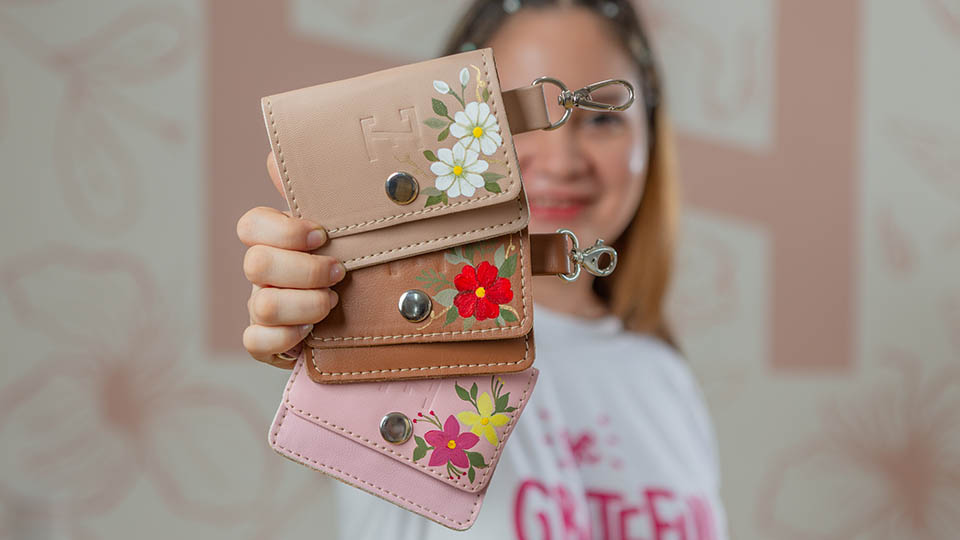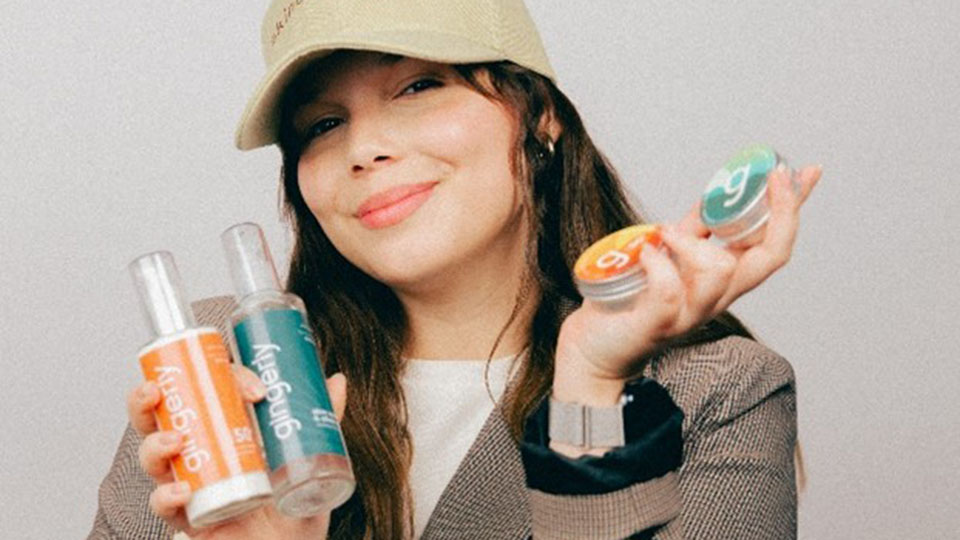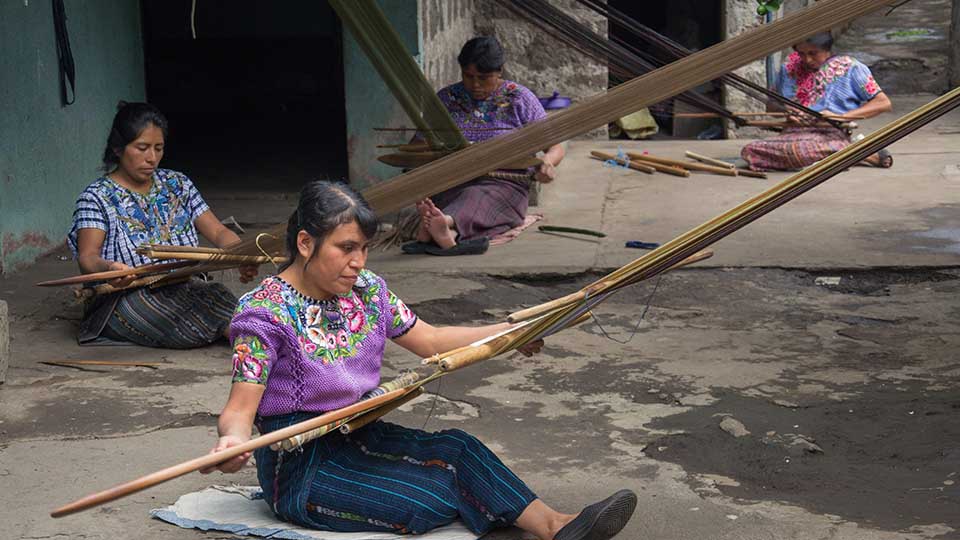On March 11, 2011, Japan was struck by its strongest ever-recorded earthquake off the coast of northeastern Tōhoku. It caused a devastating tsunami which swept away everything in its path. Post-disaster, the area saw many innovative initiatives aimed at restoring the lives of those impacted.
In Ishinomaki, one of the hardest-hit cities, Keiji Ashizawa equipped an empty shop with tools and lumber as a space for people to rebuild their community together. The success of Ishinomaki Laboratory inspired him to convert his initiative into a company by the same name.

The Great Tōhoku Earthquake and subsequent tsunami of 30-foot waves left more than 15,000 residents dead with over 2,500 still missing. The natural disaster also triggered one of the world’s worst nuclear accidents in Fukushima. This “triple disaster” caused immense damage not only to the economy of Japan – estimated to be around USD 300 billion – but also to the lives and livelihood of the millions of people affected.
While the situation prompted a considerable amount of direct financial support from the international community, Japan was primarily responsible for the reconstruction of the afflicted areas. Due to the strong will of the local, innovative initiatives, aiming to restore the living conditions of those impacted by the disaster, arose. These post-disaster activities developed as a means to create economic value in the face tragedy, while providing emotional support, meaning, and closure to those involved.
Some companies began creating jewelry from pieces of ceramic found in the rubble, while other companies began offering services dedicated to finding personal belongings lost during the disaster. One man, Keiji Ashizawa, who was focused on the restoration of local shops and restaurants, quickly recognized a growing desire among the local people to rebuild a sense of community.
He equipped an empty shop with several tools and large planks of donated western red cedar, a lightweight yet durable type of lumber, and decided to call the space "Ishinomaki Laboratory". Not long thereafter people began to show up to learn how to build basic furniture.

An unstoppable force
It all started when architect Mr. Ashizawa found out that one of his projects, a restaurant located in Ishinomaki, had been severely damaged. This prompted him to visit the site in order to assess possible solutions with his client. Once in Ishinomaki, Mr. Ashizawa noted three circumstances which would influence his decision to implement Ishinomaki Laboratory:
- a high level of damage throughout the region,
- difficulty in hiring carpenters who were all busy due to the disaster, and
- the strong will of the local people.
With these in mind, he determined that the best way he could provide assistance to the areas affected by the disaster was to teach the locals how to rebuild their own community.
In the fall of 2011, Herman Miller, an American manufacturing company that produces office furniture and home furnishings, sent their own team of volunteers to the region. During this time, the company collaborated with Ishinomaki Laboratory to run DIY (Do-It-Yourself) workshops for the local community, with the items constructed to be offered for a small fee or even free of charge.

DIY: Taking matters into your own hands
The concept of DIY is fitting for Ishinomaki Laboratory, as the main objective of the initiative was to allow regular individuals in a communal workspace to create whatever items they deemed necessary for their own situations. Common usage of DIY exists in home improvement activities as well as various other small craft or maintenance activities. Cost saving is often the main motivation for DIY projects by individuals, but also a kind of recreational pleasure.
The idea of DIY applied in commerce, however, is not a new one. For some time, certain companies have been taking advantage of the concept behind the DIY method as a selling point. Companies use DIY as an appeal to creativity, such as the toys sold by the Danish company Lego, or simply as a way to cut down on assembly costs, such as products sold by the Swedish company IKEA, which provides numerous types of products that must be assembled by the customer.
One difference between the prior examples of companies implementing DIY and Ishinomaki Laboratory is the Japanese company’s founding objective to empower individual customers, as well as instill a communal sense of utility and meaning. Therefore, under the Ishinomaki Laboratory project, DIY was an opportunity to focus on the experience of bringing an idea to life, from scratch to reality, while at the same time attaching a social value to that creation.

A "laboratory" of ideas
Designers from all over the world have collaborated with Ishinomaki Laboratory in the development of its unique lineup of furniture and related goods, positioning itself in a market niche.
Participation in various furniture exhibitions as well as increased recognition of the company’s quality designs by local and regional design magazines generated interest in the company by a broader public. With this, Mr. Ashizawa was able to apply the project’s goodwill into a brand under same name, and Ishinomaki Laboratory became a way to market the company’s products beyond the city of Ishinomaki.
This interplay between the original social aspects of Ishinomaki Laboratory and the successful development of a company brand would culminate in the company’s “Made in Local” initiative. Under this initiative, the company shares its know-how and brand with established partners in various areas inside Japan as well as partners overseas, in countries such as the United Kingdom, the Philippines and Germany.

These partnerships allow local companies to manufacture Ishinomaki Laboratory products to the company’s quality standard, making an impact on the local artisanship of the participating communities. In return, Ishinomaki Laborary receives a small royalty fee.
Such an initiative provides for a win-win scenario in which Ishinomaki Laboratory is able to assist local communities while further strengthening its brand in markets that might otherwise be inaccessible for a small-sized company.
Protecting a name
Although the DIY approach of Ishinomaki Laboratory might seem antithetical to the average business model, the company has effectively established its brand. What they needed next was a logo.
I thought a simple design would be best - a logo where, by just looking at it without need for further explanation, one could understand it. The open-ended frame around the characters represents how our concept at the time was for Ishinomaki Laboratory to be accessible to the public. Through this design, we established consistency in our team and clarified our mission.
Keiji Ashizawa, founder and CEO of Ishinomaki Laboratory

(JPO Registration No. 6107149)
Ishinomaki Laboratory applied for the registration of its logo as a stylized word mark (consisting of words and figurative elements) with the Japan Patent Office (JPO) in 2017. The application claimed protection for products under classes 20 and 24 (for “furniture” and “clothing items”, respectively) and services under class 35 (for “providing benefits to customers who are engaged in the retailing or wholesale of furniture”), under the Nice Classification.
In December 2018, the JPO granted the registration of the trademark (JPO Registration No. 6107149).
From a local initiative to an established brand
With the DIY method in mind, Ishinomaki Laboratory focused its initial efforts on the immediate demands of the local population impacted by the disaster. The situation required designs that corresponded directly to the needs on the ground such as stools and benches that could be swiftly incorporated into communal spaces. Consequently, simpler designs were favored. This approach would ultimately shape the company’s product lines of clean and minimalist designs.
Equipped with trademark rights, Ishinomaki Laboratory is able to protect its established brand. This is especially important given the company’s expanding “Made in Local” initiative, through which the company’s know-how and brand are licensed to partners around the world.



